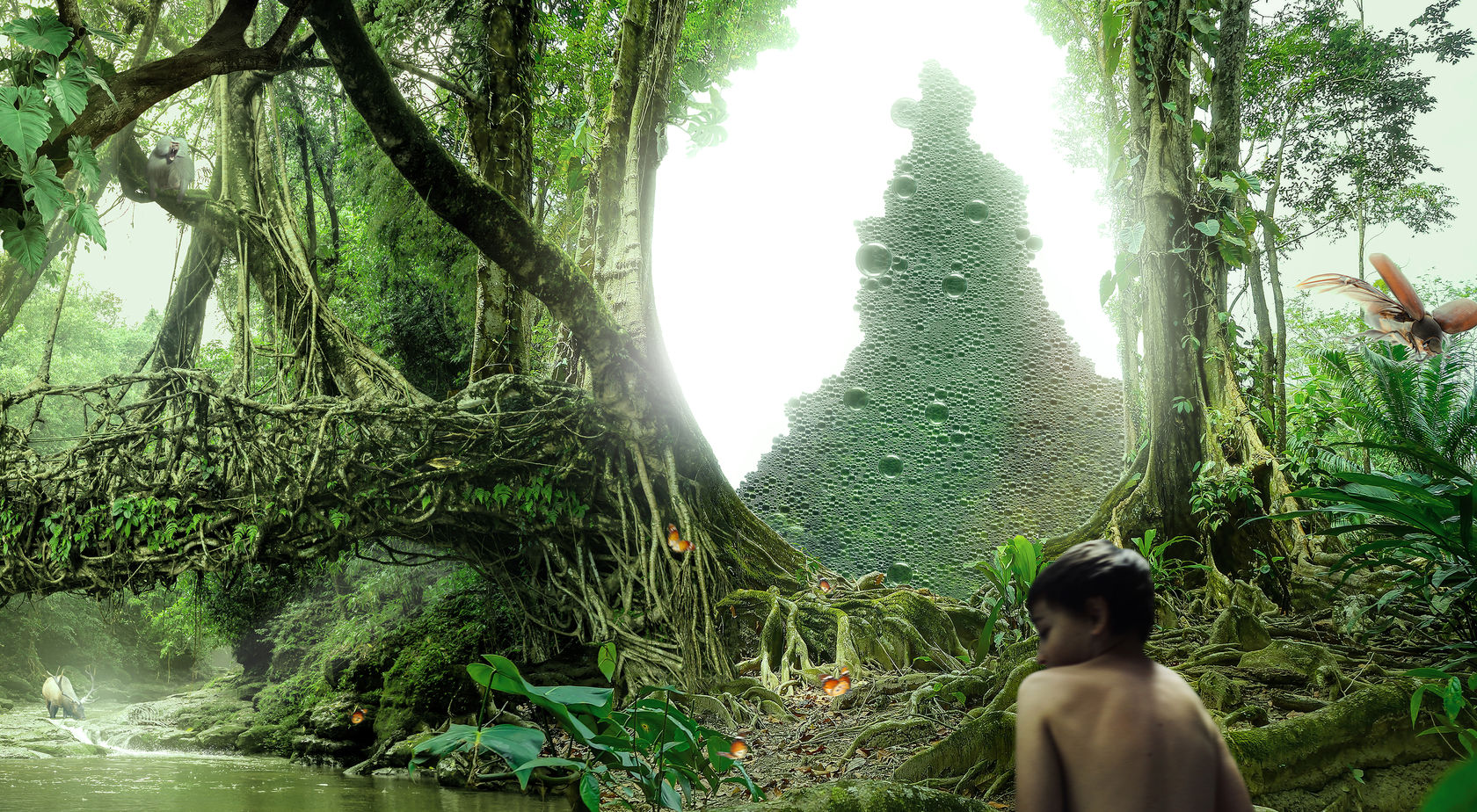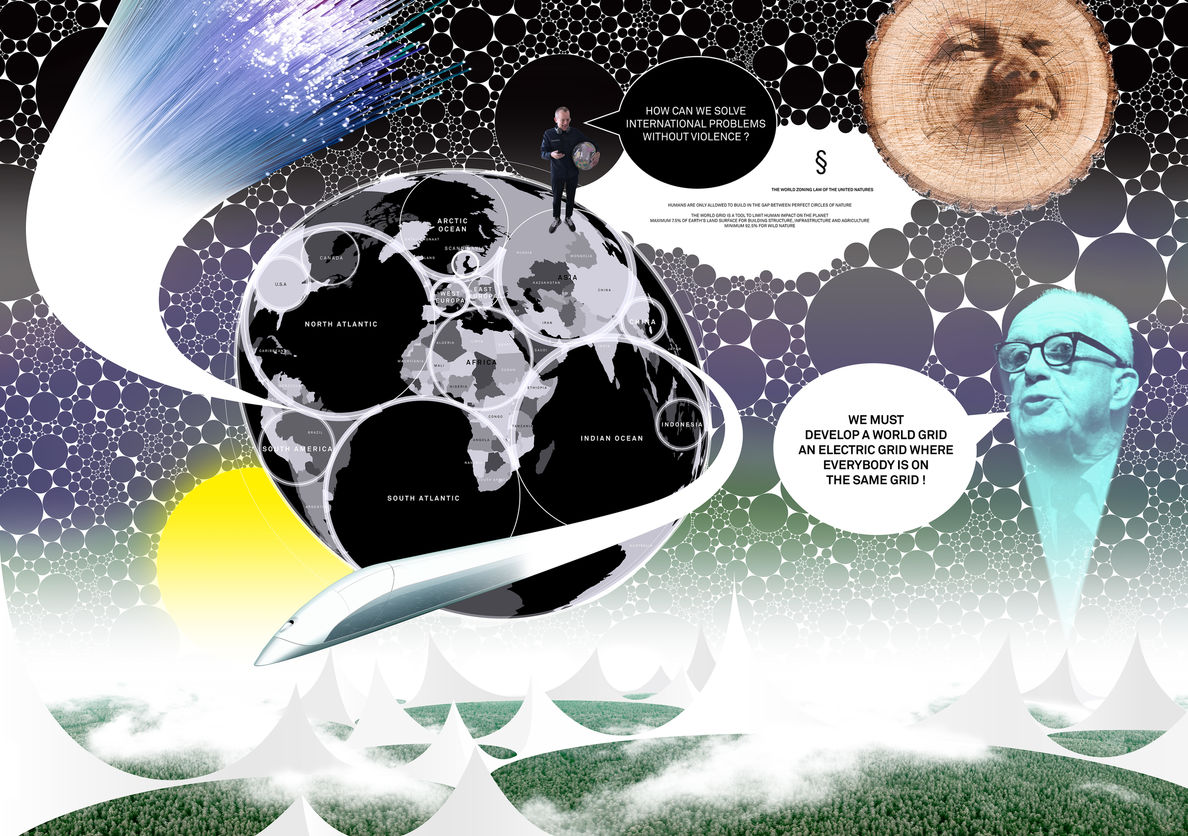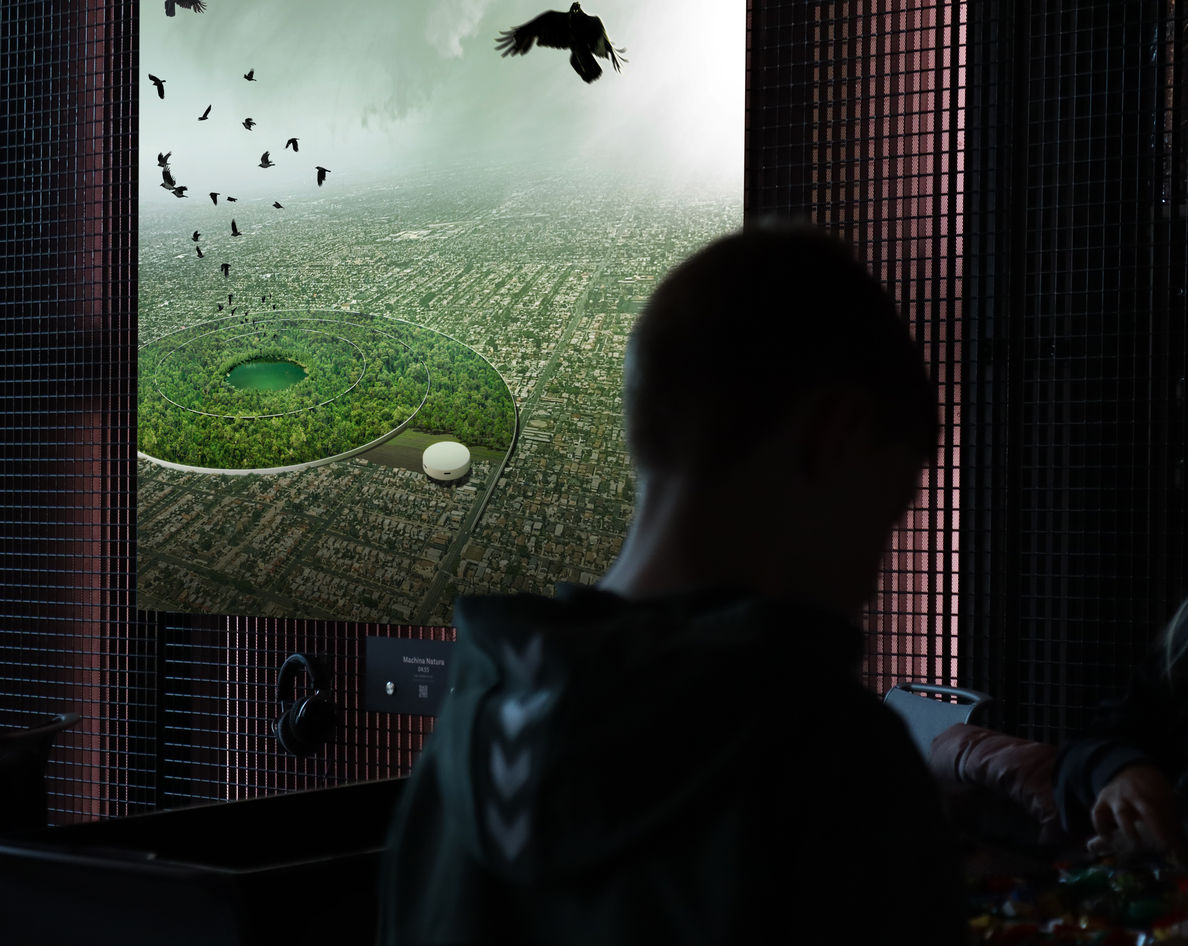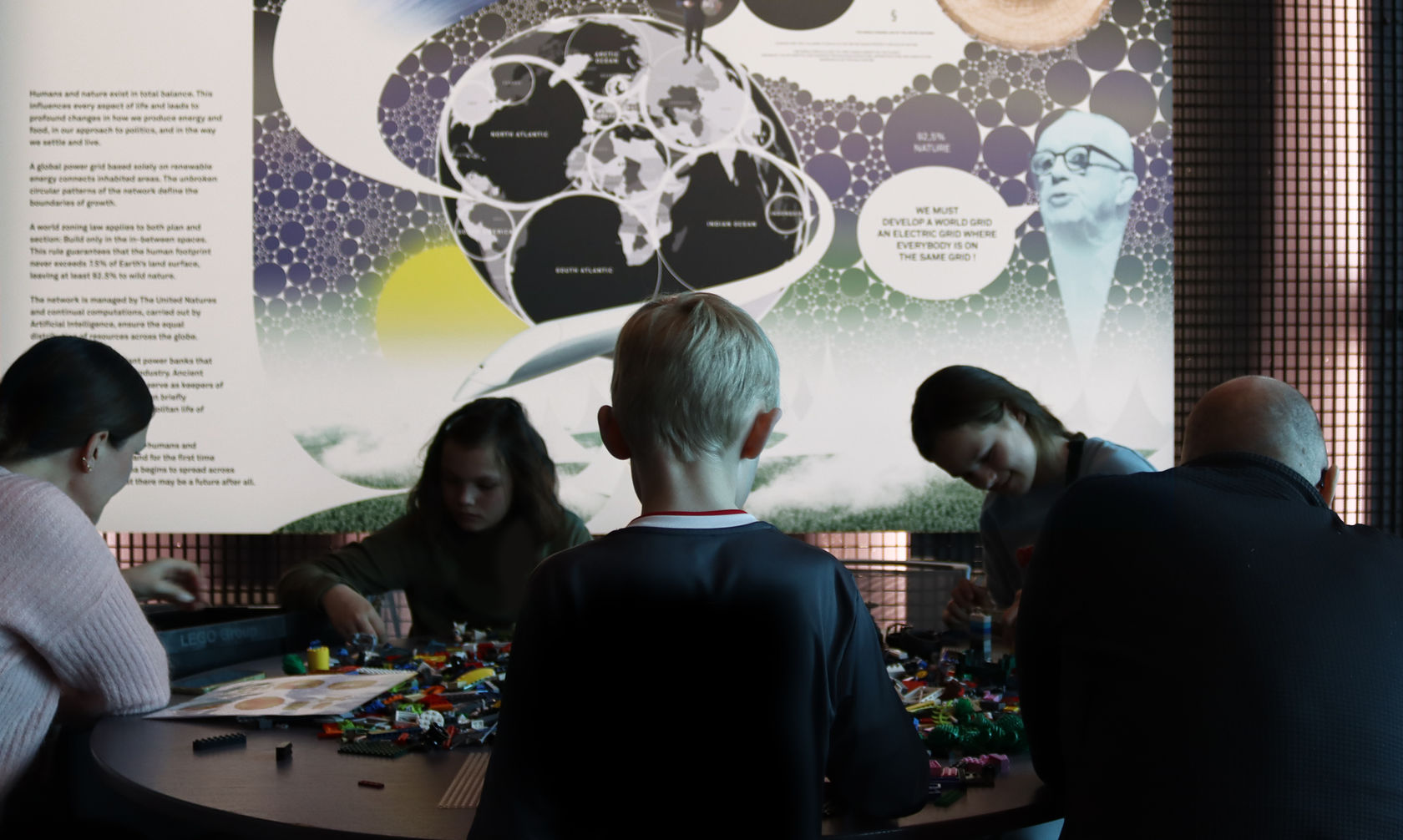Sisterwood
Once upon a time, when I was a teenager (unable to control my morning grumpiness), a tree was still a tree, and my sister was still my sister. Every morning, I would try to avoid watching her consume her breakfast, repulsed by her biting and chewing the food. Her attempts to swallow silently only seemed to magnify the sounds and my annoyance. Every morning, the same sad ritual. It wasn’t her. It was me. Until the morning when everything changed…
I hear the skin rash before I see it. Itch, itch. Nails on skin.
“Well, bon appetite!” I push my plate away in disgust.
“Sorry.” Another itch. I feel an eye roll coming on, but stop it halfway when I see her skin.
“Oh my God!”
”Please stay!” she says in a cracked voice, mistaking my outburst for revulsion. She hates to eat alone.
“Shush, let me have a look.” I inspect her cheek so close that I can feel her warm breath on my face. Oddly odorless. Just a subtle scent of morning, homeliness and my perfect little sister.
As I reach out, her back stiffens a bit. Is she actually shy? I feel a pang of guilt. I’m a wicked sister. To compensate, my fingertips touch her as gently as possible. The skin feels hard and bumpy. In fact, it no longer feels or looks like skin. Pleased by the soft stroke and the fact that my distaste is turning into concern, she smiles gratefully.
An hour later, our doctor’s friendly smile turns into a frown of fear. Like everyone else, Doc wants Mrs. Wood’s opinion. To others she’s a leader, to us she’s Mom. The nickname Wood stuck from her years as a Forest Minister. Back then, she was a fixer, who brought balance back after forest illegality, forest fires or storms. Now, she defends our planet from toxic governments and corporate practices. The apple doesn’t fall far from the tree, Sis is a clone of Mom.
“It’s E.V.” the doctor concludes, “Epidermodysplasia Verruciformis, better known as the Treeman syndrome.” The search engines display images of skin disorders and bark-like deformations. Unfortunately, the doctor is mistaken. But by the time the dermatology experts give up, my sister is more tree than human. Rapid in onset and non-curable, the virus spreads. It strikes at random, but the few infected are all goodhearted, righteous people. Different types of human beings mutating into different species of trees. Worldwide.
At the age of 16, my sister is a beautiful nine-foot tall young pine.
“Please plant me in the forest,” she says serenely.
“You’ll be safer in the garden, Honey. You can connect through the root net,” Mom urges.
“I’m more useful in the forest. We can save the planet!” Sis says. But she is really saying farewell, and a dark shadow of guilt crosses Mom’s face. The paradox that the offspring of Mrs. Wood is patient zero torments her. And me, I hate the thought of being left alone.
On the day of her final transformation, we hug my sister madly. Like tree huggers fighting for life or death. She assures us that the web of Nature and Man-trees is cosmic.
“Don’t lie to us Pinocchio.” Dad sniffs, resorting to dark humor in all his powerlessness...
Once upon a time, mutations opened a portal and created a strong, new connectedness between Nature and Human Nature. We became animists, believing that everything has a spirit. And people crafted beautiful jewelry and everlasting furniture from the wood of their loved ones.
“If you leave the tree stump, when you cut me, I’ll stay connected to the web,” my sister taught us, before softly sharing, “No one ever really dies.”




